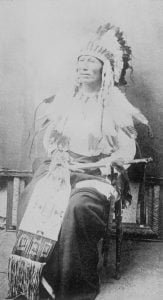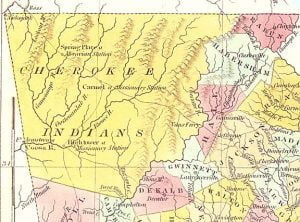Chickasaw Indian Bands, Gens and Clans
Many tribes have sub-tribes, bands, gens, clans and phratry. Often very little information is known or they no longer exist. We have included them here to provide more information about the tribes. Chuhhla (blackbird) . A Chickasaw clan of the Ishpanee phratry. Hatakfushi (bird). A Chickasaw clan of the Koi phratry. Hochonchapa (alligator). A Chickasaw clan of the Ishpanee phratry. Hushkoni (‘skunk’). A Chickasaw clan of the Ishpanee phratry. Ishpani (Spanish). A Chickasaw phratry and clan. Issi (deer) . A clan of the Koi phratry of the Chickasaw. Morgan, Anc. Soc., 163, 1877.





